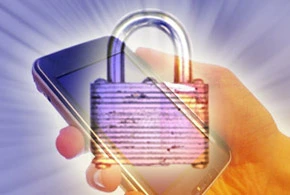
FBI Assistant Director says the agency doesn't have the information necessary to disclose how it hacked terrorist Sayed Farook’s iPhone, so it can't share it with Apple or the public.
At first glance, it seems like a case of turnabout being fair play when the Federal Bureau of Investigation announced on April 27 that it would not tell Apple how it got into terrorist Sayed Farook’s iPhone 5C, which was recovered by authorities following the December killing rampage in San Bernardino, Calif.After all, the wording used by FBI Executive Assistant Director Amy Hess seems a lot like how Apple said it couldn’t help the FBI in the first place.In a statement provided to eWEEK by the FBI National Press Office, Hess, who is the executive assistant director for science and technology, said that the agency has determined that it cannot submit the method used to the Vulnerabilities Equities Process (VEP), a method sponsored by the White House to allow federal agencies to tell technology makers about vulnerabilities uncovered during the course of their activities.The VEP is itself classified, but the Electronic Frontier Foundation was given a redacted version as part of a Freedom of Information Act request. “The VEP is a disciplined, rigorous and high-level interagency decision-making process for vulnerability disclosure that helps to ensure that all of the pros and cons of disclosing or not disclosing a vulnerability are properly considered and weighed. By necessity, that process requires significant technical insight into a vulnerability,” Hess said in her statement. The reason that the FBI can’t provide the required information to the VEP is because it says it doesn’t actually have the information it would be required to submit. While this might sound like the FBI is pulling a fast one, it’s probably true.Note that a few days ago, FBI Director James Comey told an audience that his agency had hired a company to retrieve the information at a cost of more than he’d make in the rest of his time at the FBI.That number, if you multiply his $182,000 salary by the 7 years he has remaining in his appointment, means that the cost to the FBI is around $1.3 million or more. Let’s face it, when a company can pull down well over a million bucks in a single job, it’s not going to give the details away.So it’s highly likely that the FBI had to sign a non-disclosure agreement. While the agency didn’t spell this out, they made it very clear in Hess’ statement. “The FBI assesses that it cannot submit the method to the VEP. The FBI purchased the method from an outside party so that we could unlock the San Bernardino device,” Hess explained.
- eWeek